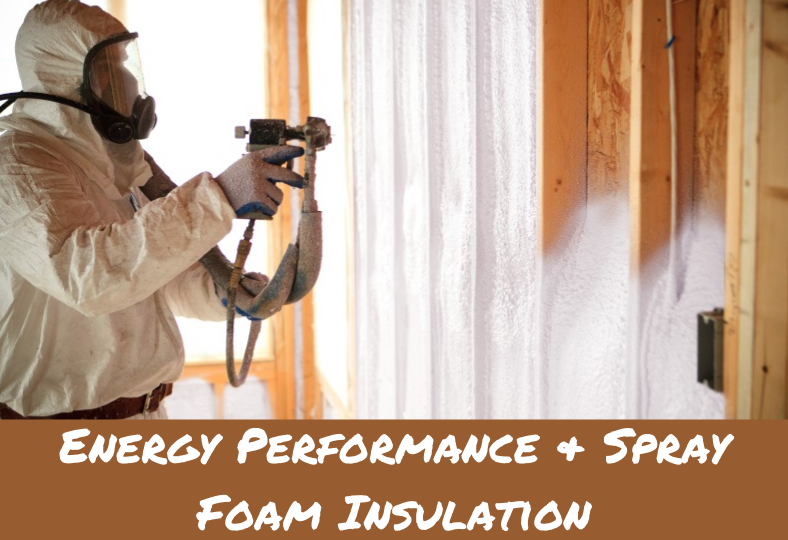Energy Star ratings are based on two broad measurements: the amount of heat loss per square foot and the amount of energy used in HVAC (heating, ventilation, air conditioning). Energy Star certified insulation uses these two measurements to determine its effectiveness in reducing the amount of heat lost through the walls of a building. A building may be deemed to be an Energy Star eligible structure when it meets the following specifications: has a maximum temperature rating of 55 degrees Fahrenheit for the coldest months; has a maximum air flow rating of 12 inches per minute of direct airflow; has multi-ply insulation installed if required by building code.
What are Energy Star Qualified Foam Products Designed For?
Energy Star qualified spray foam insulation products are designed to resist R-values, which are standards employed by the National Highway Traffic Safety Administration for assessing the structural safety of highway structures. The R-value is divided by the square footage of the foundation to get the equivalent square feet of foam area needed to cover the foundation. The lower the R-value, the stronger the foam’s performance. Foam is especially good at resisting extreme temperatures because it is dense enough to absorb heat before it reaches its breaking point. Foam’s thermal resistance is one of its greatest advantages over other materials. For this reason, closed-cell spray foam is commonly used in heating and cooling systems.
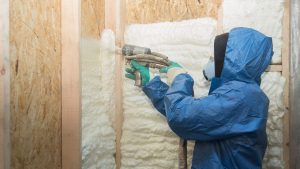
Why Do People Choose Closed-Cell Foam Insulation?
Closed-cell foam insulation is an excellent choice for many applications, especially where it is installed to reduce infiltration, condensation, humidity, and dust buildup. Closed-cell foam is available in a wide variety of weights, thicknesses, and other characteristics to best fit your application needs. There are three basic types of closed-cell spray foam: expanded polystyrene, extruded expanded polystyrene (expanded foam) and flat closed-cell foam. The most expensive of these three products is extruded expanded polystyrene (also known as liquid foam). The least expensive is the flat closed cell. Spray foam insulation is also a great tool to help you pass the home inspection with flying colors!
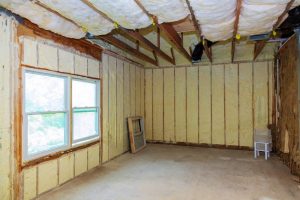
Closed-Cell Spray Foam is an Electrical & Thermal Conductivity
Closed-cell spray foam has excellent electrical and thermal conductivity, which makes it an excellent insulator. It also contains small amounts of plastic and/or cork, which increases its resistance to ozone and UV exposure. Spray foam insulation is the perfect way to provide added insulation to a home or commercial building because it can be sprayed on both the inside and outside of the structure. In addition to its energy efficiency benefits, another advantage of closed-cell spray foam is that it does not attract mold and mildew. This means that the home or business owner will not have to worry about health hazards presented by unsanitary conditions that would otherwise allow mold and mildew to flourish in unventilated areas.
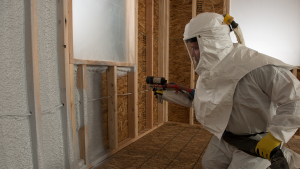
Are There Problems With Closed-Cell Spray Foam?
Closed-cell spray foam may have less impact on home or business electrical performance than open cell foam, but it still has an impact, to some degree. A properly installed and maintained home or business may not experience any significant reduction in energy consumption. However, installing closed-cell spray foam in any area where there is excess moisture can potentially create problems for electrical safety. Because the spray foam has small holes or pores in its cells, it acts as an insulator and that can potentially reduce the flow of current. Because of this potential issue, most spray foam systems should have an extra layer of insulating material that runs the entire length of the system.
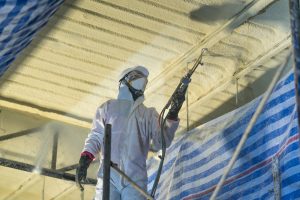
Conclusion
If you are looking into wholesaling real estate, energy performance testing is a very important process for both new and existing structures, and spray foam systems should be inspected on a regular basis for any deterioration that may affect their ability to perform as designed. If there are any areas of concern, they should be addressed right away. In addition to the initial installation cost, upgrading to new spray foam insulation can be expensive, and there are additional costs if there are long-term changes that need to be made. While energy performance is generally low in newly constructed buildings, older buildings are more likely to experience degradation in energy performance, so an energy performance assessment is vital for any structure over a length of time.

